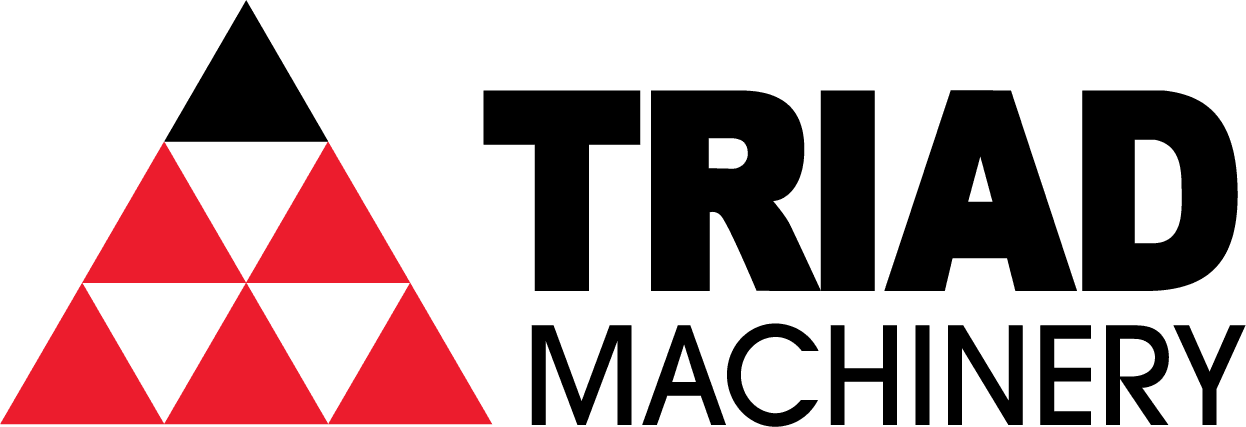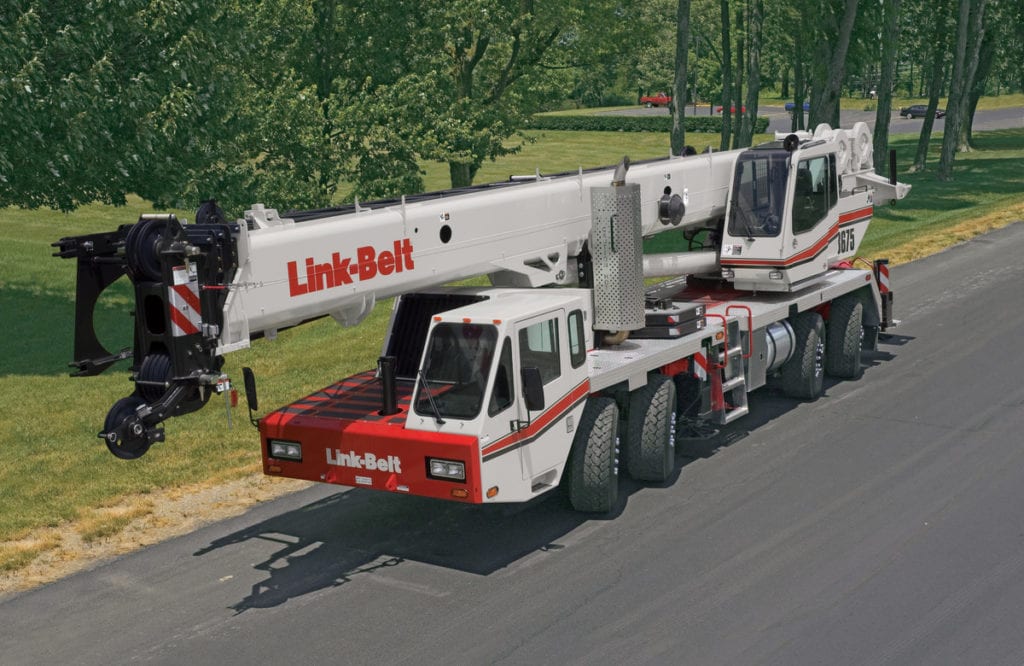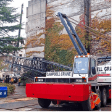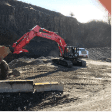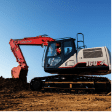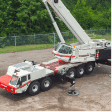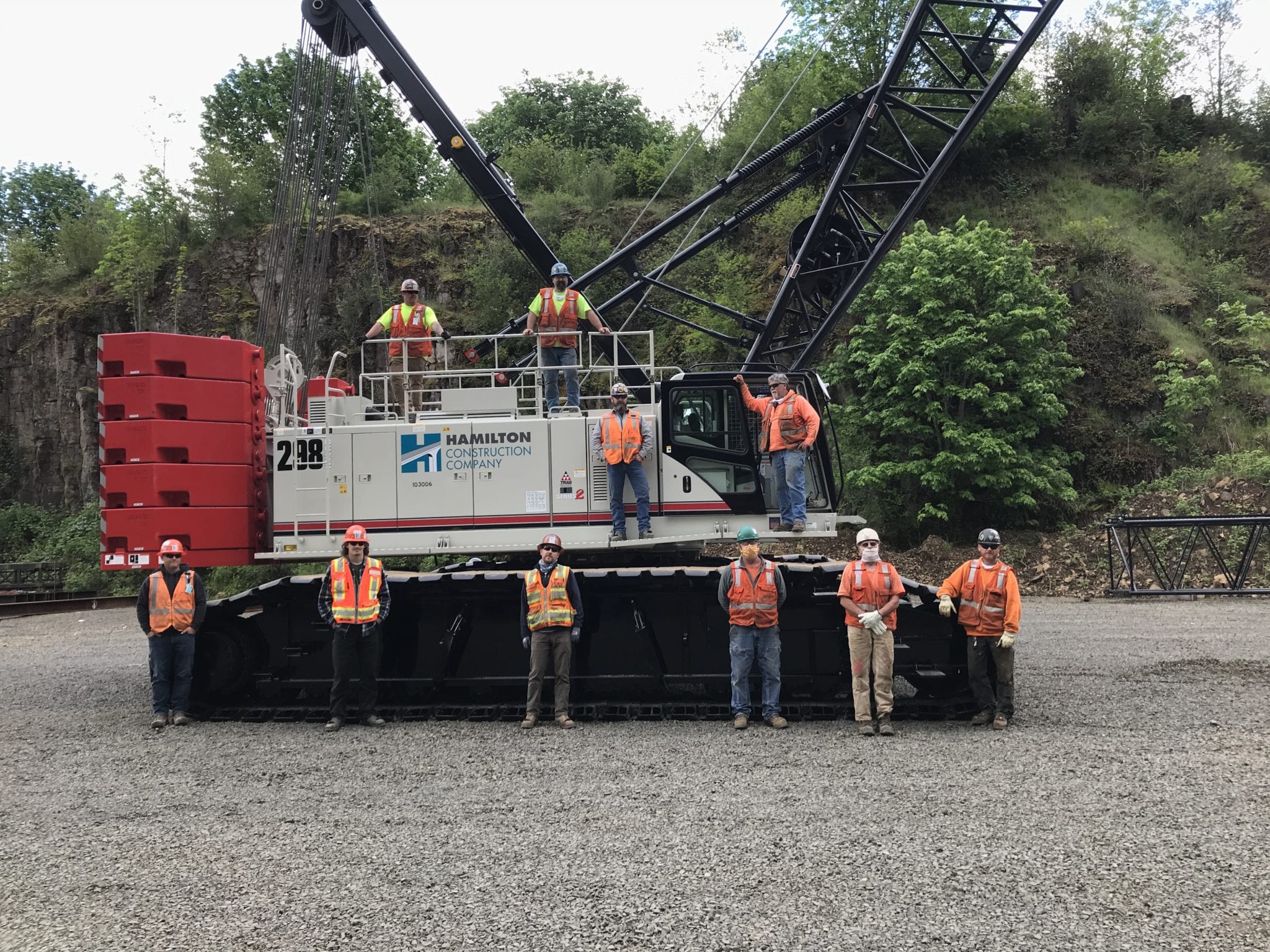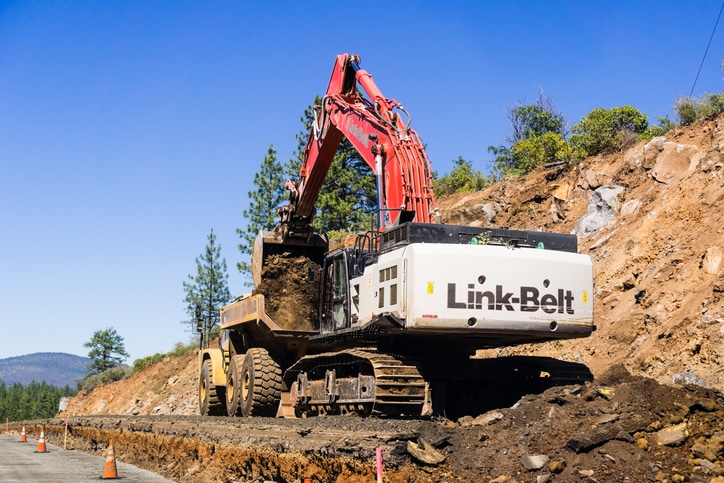Cranes have been in use for thousands of years. At first, they consisted of a few stakes in the ground, a pulley or two, and a winch. Today, there are many types of cranes available for a wide variety of lifts on a range of worksites. But how do you know what to look for when choosing a suitable crane for the required lifting service?
In some cases, when you ask yourself what size crane do I need, it’s pretty easy to pick the right option. For example, if you’re building a high-rise office or apartment building, tower cranes make the most sense. They can grow right along with the building, lift heavy loads hundreds of feet in the air, and are quite secure.
They aren’t very mobile, however: could you imagine one of those behemoths trying to navigate busy downtown streets? So you’ll also need a series of smaller, more mobile cranes to get everything in the right place for a lift. This isn’t to say all larger than life cranes can’t be mobile, it’s just faster to use boom trucks to bring the materials to them in most cases.
Choosing the right size equipment
There are a few things to consider when choosing the right crane for the job. What you’ll be lifting (size and weight), where those materials need to be moved, and the surrounding environment all need to be taken into account when engineering a lift. You’ll also want to think about how the cranes will be transported to the site.
How much weight are you lifting?
You’ll want to make sure your crane has appropriate lifting capacities to move the materials into place. Every crane, whether it’s a small spyder crane or an enormous gantry crane, has a load chart. It will outline how much weight can be lifted and at what configuration.
Point A to Point B
While you can certainly muscle a lift by using a bigger crane, lifting power is only part of the equation. Are you moving 200 tons of concrete infrastructure throughout the site or taking equipment off the back of a transport vehicle for installation? A Link-Belt lattice crawler crane is ideal for big lifts but doesn’t make a lot of sense for smaller jobs.
Lifting Environment
You must also consider where you’ll be using your crane. Lifting requirements for wind turbine blades in the middle of a field are much different than moving construction materials in the middle of town. In some cases, you may want to use multiple cranes to complete the job. For example, rough terrain cranes may pick loads around the site and place them for larger more stationary cranes.
Regardless of the kind of crane you decide on, the most important thing to have is a well-conceived lift plan. Calculating the right boom length, hook height for rigging, using appointed persons as spotters, and more all go towards making any lift safe and secure. For more information on crane specifications, find your nearest Triad Machinery and give us a call. We’ll be happy to help.
